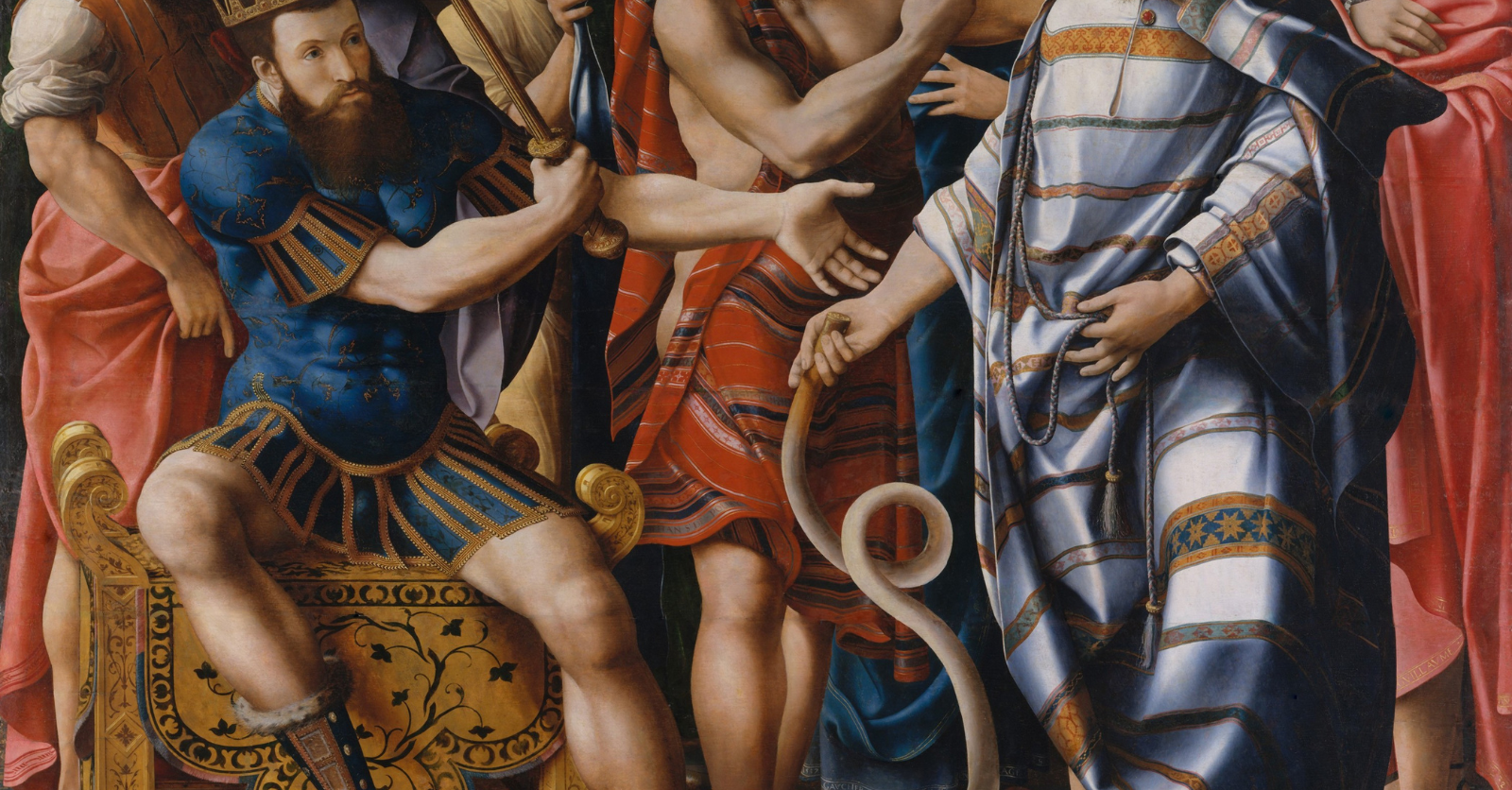Isaiah 11:1 contains the allusion to Aaron's rod, which is a symbol of God's authority. It is clear that if the Israelites are going to be successful in keeping their covenant, they are going to need to follow God's instructions. Despite this, there is much that is wrong with the way that the Israelites have been using this type of authority. Thankfully, Jesus is coming soon and He will restore Israel to the right path.
Isaiah 11:1 foretells in view of Christ Jesus
Isaiah 11:1 foretells that the Spirit of the LORD will rest upon the stem of Jesse. It also describes the house of the Lord that will be built in the mountains. This heavenly temple is a reflection of God's perfect justice, mercy, and holiness. It is the symbol of Christ's sacrifice, as well as the divine majesty of God.
Isaiah also saw that the Lord would gather the dispersed of Judah from the four corners of the earth. The Lord would assemble the scattered remnants of Zion and call them to return to Him. He would then increase their ministry.
During the first half of the Tribulation, the Jews will worship at the temple in Jerusalem. During the second half of the Tribulation, anti-Semitism will be prevalent. But the kingdom of Christ will continue on throughout all eternity.
At the end of the Tribulation, a final divine judgment will take place. The fallen angels, who are confirmed in their rebellion against God, will tremble. The ruler of the earth will then be brought down. Then the earth will be changed, and God's will will be done on it. Then, the world will be filled with the knowledge of the Lord.
God's solution to Aaron's authority problems
Despite his apparent lack of authority, Aaron had a very important role in Israel's history. He helped Moses out during the ensuing conflict with pharaoh. He also helped bring the Israelites out of Egypt.
While Aaron was not the first person to have a golden calf, his contribution to the incident was the largest and most obvious. He offered a sacrifice that was consumed by fire. His anointing of his sons may have been a sign of holiness or consecration, or possibly a symbolic measure of his authority. His sons were given the job of ministering priests.
In addition to the golden calf story, Aaron had a number of other noteworthy contributions to the Israelite religion. He built an altar to honor God and offered sacrifices. He also used a magic rod to demonstrate YHWH's power. He performed signs before the elders in Egypt. He also served as a priest for the people. He married Elisheba and had four children.
In addition to this, Aaron was one of the earliest members of the Hebrew priesthood. He had been around for more than three years, and he was a great atoner for his sins. In fact, the priestly code of Leviticus details the rituals and offerings that are required of the high priest, and of his sons.
Carlyle's allusion to Aaron's rod
During the Plagues of Egypt, Aaron's rod was endowed with extraordinary powers. This staff was used by Moses' brother, Aaron, in the Book of Numbers and the Torah. It also proved to be an important part of God's plan.
The rod is actually the product of a series of miracles. It was used by both Moses and Aaron during the ten plagues of Egypt. It was also a symbol of authority.
The rod was a natural sign of authority in ancient Israelite culture. It was usually shorter than a staff and was used to direct flocks.
The rod is a great example of what the Bible calls the signature of God. It was kept as a token of the Divine will and its powers were used by God to perform miracles in the Bible.
The rod was also used to help Moses and Aaron during the plagues of Egypt. It was a good luck charm to the tribe of Levi. The rod was actually part of a larger plan by God to set the Levites apart as priests. During this time, God was testing his prophets.
The rod is also referenced in the Bible twice. The best known example is Exodus 3:3. The oh so cool part is that it was also used by Moses' brother, Aaron.

















